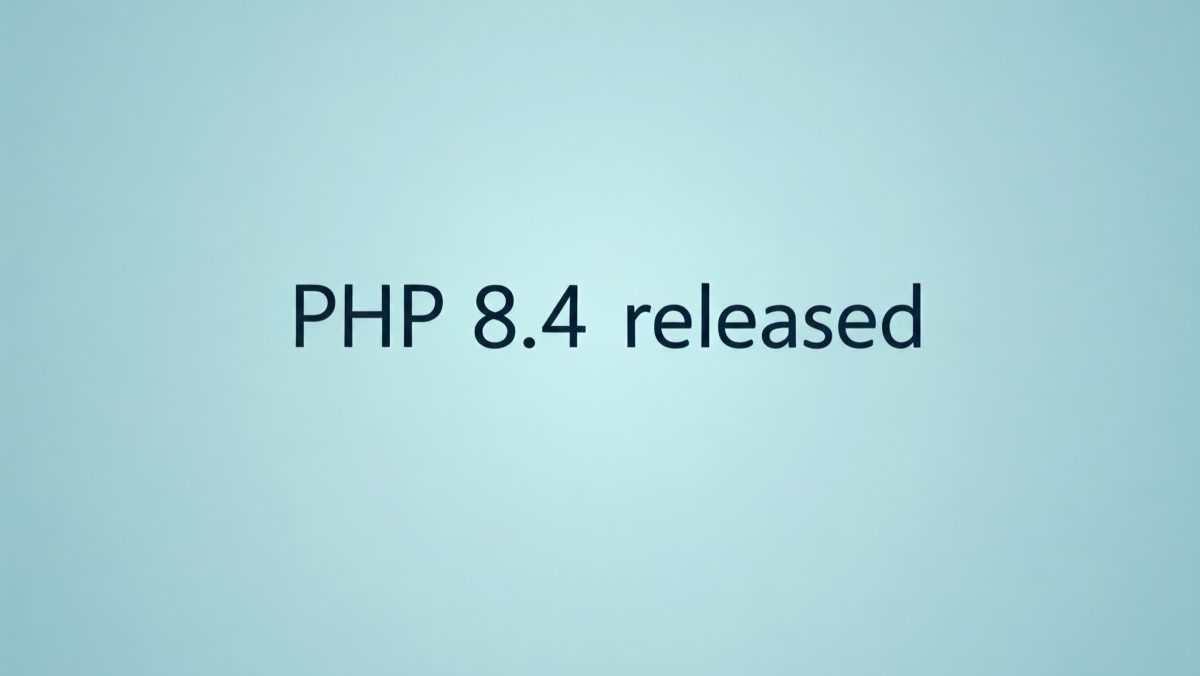PHP 8.4 introduces groundbreaking features aimed at simplifying development, enhancing flexibility, and improving performance. Released in November 2024, it is already generating significant interest in the developer community. Here’s a detailed look at its features, their benefits, and the global developer response.
Key Features of PHP 8.4
1. Property Hooks
Developers can now define behavior directly within class properties using get and set hooks, streamlining operations such as validation or custom access logic.
These hooks simplify property management by reducing boilerplate code, making it easier to implement complex property logic.
2. Lazy Objects
Native support for lazy objects allows initialization of objects only when accessed, saving resources in heavy applications like dependency injection containers or ORMs.
This enhances performance and eliminates the need for custom proxy implementations.
3. Asymmetric Visibility
For the first time, PHP allows different visibility settings for read and write operations on properties, offering more control over property access.
4. Array Find and Similar Functions
Functions like array_find, array_any, and array_all bring native support for common collection operations, previously reliant on external libraries.
5. Improved Debugging
Debugging info for closures and weak references has been enhanced, providing deeper insights during development.
6. HTML5 Parsing Support
The new \Dom\HTMLDocument class introduces modern web parsing capabilities, resolving long-standing issues with handling HTML5 content.
7. Chaining New Expressions
Simplified syntax allows method chaining on new objects without parentheses, improving readability.
8. Deprecated Features and Warnings
Implicit nullable types and outdated patterns have been deprecated, promoting more explicit and robust code practices.
Benefits for Developers
Efficiency and Readability: Features like property hooks and lazy objects reduce the need for extensive boilerplate code, enhancing clarity.
Performance Gains: Lazy objects defer costly initializations, saving resources in applications with heavy dependencies.
Modern Web Compatibility: Enhanced HTML5 support bridges the gap between PHP’s capabilities and modern web standards.
Simplified Debugging: Developers gain actionable insights through better debug information, speeding up issue resolution.
Developer Community Reactions
The developer community has widely welcomed PHP 8.4 for its focus on productivity and modernity:
Positive Feedback: Many praise the introduction of lazy objects and property hooks as “game-changing.” These features simplify previously cumbersome implementations.
Critiques: Some caution that features like property hooks may take time to master and recommend gradual adoption.
Framework Integration: Popular PHP frameworks, including Laravel and Symfony, are actively updating to leverage these features.
Implications for the Ecosystem
PHP 8.4 marks a continued evolution of the language, solidifying its relevance in modern web development. By addressing long-standing limitations and introducing developer-centric features, it positions itself as a robust tool for large-scale applications and cutting-edge projects.
Support From Hosting Industry
The highly-anticipated release of PHP 8.4 is here, and the hosting industry is swiftly adapting to support this cutting-edge technology. Leading providers, including Systron Micronix , are at the forefront of this transition, planning to offer seamless PHP 8.4 support instantly. This prompt adoption ensures developers and websites can leverage the enhanced performance, security, and features of PHP 8.4 without delay, empowering them to deliver faster, more secure, and more efficient web experiences.



